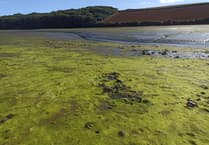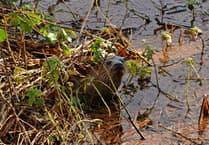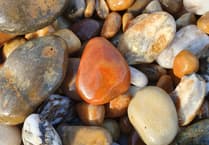For many gardeners the only good weevil is a dead one and it is true that some species can cause devastating problems. I found the only successful control for Vine Weevils was to stop growing the sort of plants which attracted them.
When I tried growing Primulas their roots were quickly destroyed by Vine Weevil larvae although wild primrose varieties were unaffected. The majority of weevils do little damage in the general wild environment and their larvae make a nutritious meal for many birds.
There are over 600 species of UK weevils arranged into 10 families under the general title of Curculionidea. Recent genetic examination has caused a degree of reclassification which has resulted in similar looking weevils being reassigned to different families.
Weevils may initially look similar to other members of the general beetle family but have an elongated snout (called a rostrum) which gives them a rather comical appearance. Their antennae are situated towards the tip of this snout and can be elbowed which adds to their strange appearance.
Many species are a drab brownish or greyish colour but some are distinctly marked including bright red or greenish colours. Unfortunately, colours can vary between individuals of the same species so this is not totally reliable for identification.
Weevils vary in size between 2 mm and over 10 mm. Some weevil species have a distinctive appearance which makes them easy to identify but most are tricky and often require microscopic examination.




Hazel Leaf-rollers have a distinctive red body and black head. Oak Leaf-rollers can initially appear similar but are shorter with all black legs.
The all red Apion frumentarium are the commonest of the Apion group and they can be distinguished from similar species by having a rather conical shaped head. They are often found on Dock leaves.
Figwort Weevils and some other members of the Cionus family feed on Figworts and similar plants. They make the most of having just dull black, grey and white colours. There are several similar looking species in the Cionus group but they can usually be separated by careful examination.
The Curculio venosus weevil, which can be found near oak trees, is one of a group where their snouts have become excessively elongated. They are among the larger weevils reaching 7 mm in length.
Otiorhynchus tenebricosus is an even larger weevil which can reach 12 mm. Although they tend to be somewhat uncommon I have regularly found them in damp parts of the Woodleigh Wood area.





Comments
This article has no comments yet. Be the first to leave a comment.